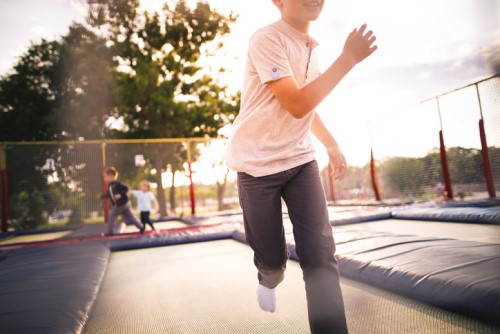

The Accident Compensation Corporation (ACC) has received more than 58,000 claims resulting from trampoline use over the past five years, according to reports.
A release by Springfree Trampoline detailed ACC data, which shows the number of head injuries received from 2013/14 compared to 2017/18 increased by 289%, neck injuries were up 33% and lumbar and thoracic injuries were 29% higher. The annual cost of treatment was up from $4.2 million to $8.9 million. It also mentioned data from Starship Hospital, which revealed falls are the leading cause of trampoline-related admissions (70%). Another study of patients hospitalised in Counties Manukau DHB reportedly shows a 35% increase in trampoline-related injuries in the spring/summer months following daylight saving, with 44% of those hospitalised requiring surgical intervention to treat a fracture.
Now, Springfree inventor and University of Canterbury professor Keith Alexander is suggesting two steps to address the issue: a formal adoption of a recognised standard and working with the government to make the standard mandatory.
“The injury figures from ACC suggest we urgently need to address this issue,” Alexander, who also sits on the Trampoline Standards Committee in the US, said. “New Zealand’s accident compensation system is completely different from a more litigious market like the US.
“Consequently we need a different approach to ensuring compliance,” he noted.
Consumer NZ head of testing Dr Paul Smith, meanwhile, said testing of trampolines sold in New Zealand found that all models, except for one, failed basic safety testing based on the now-retired safety standard.
“Parents also need to ensure that any trampoline they purchase is of safe and sturdy design, and there is only one person on the trampoline at a time,” Emergency medicine specialist Dr Vicki Vertongen added.
